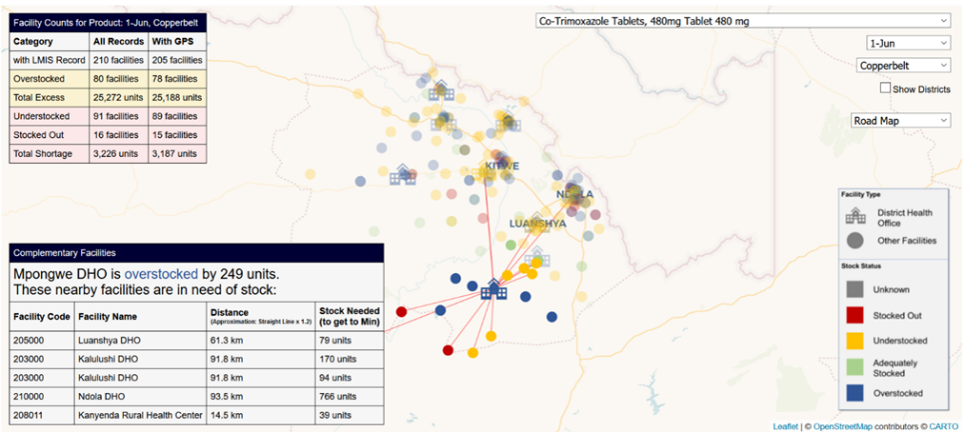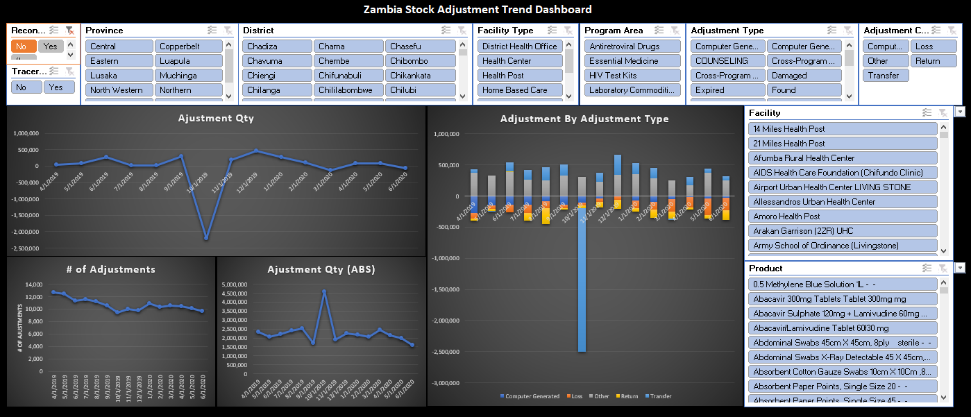Pre-pandemic, social contact during formal and informal meetings and exchanges had helped mask the silos in which data have been kept, but social isolation created by COVID helped identify and then bridge unnecessary separations.
By revealing risks, COVID has accelerated the trend towards automated, remote data sharing and analysis by making online exchange the only viable option both internationally and within a country's borders. Where governments once resisted providing access to their data, many are now more open to doing so.
Enabled by the continuous, free flow of data, advanced analytics can shift from just high-level strategic analysis – where it has historically operated – to operational and tactical, including order management, distribution, warehousing, commodity consumption trends, expiry management and early warning systems.
Case in point: Haiti. Haiti illustrates the importance of having access to data among various teams. An existing data visibility dashboard already showed stock status in the warehouse based on quality, value and volume. The tool, which uses data from two systems – called SYGDOCC and MACS – helps manage expiries, so data availability timing is critical. A recent improvement has automated data sharing to a daily process, pulling data automatically from MACS, a warehouse management system. The system is not yet able to pull data from SYGDOCC, but the team in Haiti is working toward that goal.


